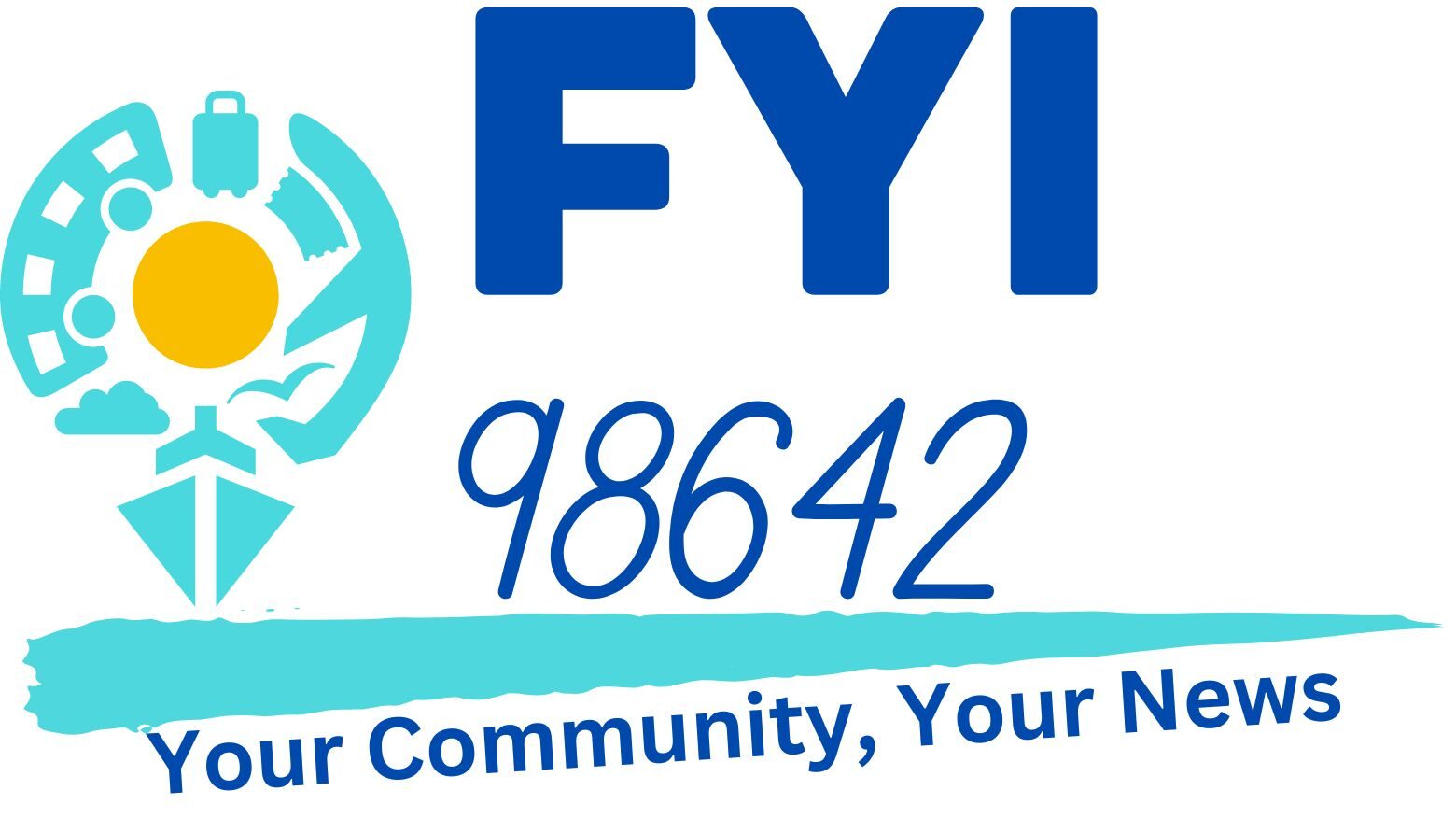New Jersey is known for its beaches, casinos, and industrial centers, but did you know that it also has a secret nuclear facility that is now a ghost town of tunnels? The facility, located in Picatinny Arsenal, was once a part of the U.S. nuclear weapons program during the Cold War.
It was one of the 13 nuclear weapons storage facilities in the country, and at one time, it held hundreds of nuclear warheads. It was also a target for the Soviet Union, which ranked it as high as No. 4 on its list of sites to destroy in case of a nuclear war.
History of Picatinny Arsenal
Picatinny Arsenal was established in 1880 as a research and development center for the U.S. Army. It was involved in various projects, such as explosives, rockets, and missiles. In 1951, it became a nuclear weapons storage site, under the code name Project 76. It was a joint operation between the Atomic Energy Commission (AEC) and the Armed Forces Special Weapons Project (AFSWP).
It was built on a former ammunition depot that was used during World War II. The site was divided into two areas: the “Q” area, where the nuclear weapons were stored and assembled, and the “A” area, where the administrative and support facilities were located.
The “Q” area was surrounded by a double fence, guarded by armed personnel, and protected by various security measures, such as alarms, cameras, and dogs. The “A” area was less secure, but still restricted to authorized personnel. The site employed both civilian and military workers, who had to follow strict rules and procedures to handle the nuclear weapons. They also had to maintain a high level of secrecy, as the existence and location of the site were classified.
The workers lived in nearby towns, such as Dover and Rockaway, and commuted to the site daily. The site operated for 18 years, from 1951 to 1969, and during that time, it stored and assembled various types of nuclear weapons, such as bombs, warheads, and missiles. Some of the weapons were transported to other sites for deployment, while others were kept in reserve. The site also conducted inspections, maintenance, and testing of the weapons.
Closure and Abandonment of Picatinny Arsenal
In the late 1960s, the U.S. government decided to consolidate and reduce its nuclear weapons stockpile, as a result of the Nuclear Non-Proliferation Treaty and the Strategic Arms Limitation Talks. Picatinny Arsenal was one of the sites that was selected for closure, as it was deemed obsolete and redundant. The site was officially deactivated in 1969, and the nuclear weapons were removed and transferred to other locations.
The site was then turned over to the Army, which used it for various purposes, such as training, storage, and disposal. The Army also demolished some of the buildings and structures, and filled in some of the tunnels and bunkers. However, the Army did not completely destroy or remove all the traces of the site’s nuclear past. Many of the facilities and features of the site were left intact, such as the fences, gates, signs, roads, and bridges.
Conclusion
Picatinny Arsenal is a secret nuclear facility in New Jersey that is now a ghost town of tunnels. It was a vital and strategic part of the U.S. nuclear weapons program, and it played a significant role in the Cold War. Today, the site is a historical and environmental curiosity, as it still contains remnants of its former glory and danger. The site is not open to the public, but it can be seen from the air or from nearby hills. It is a reminder of the past, and a warning for the future.

